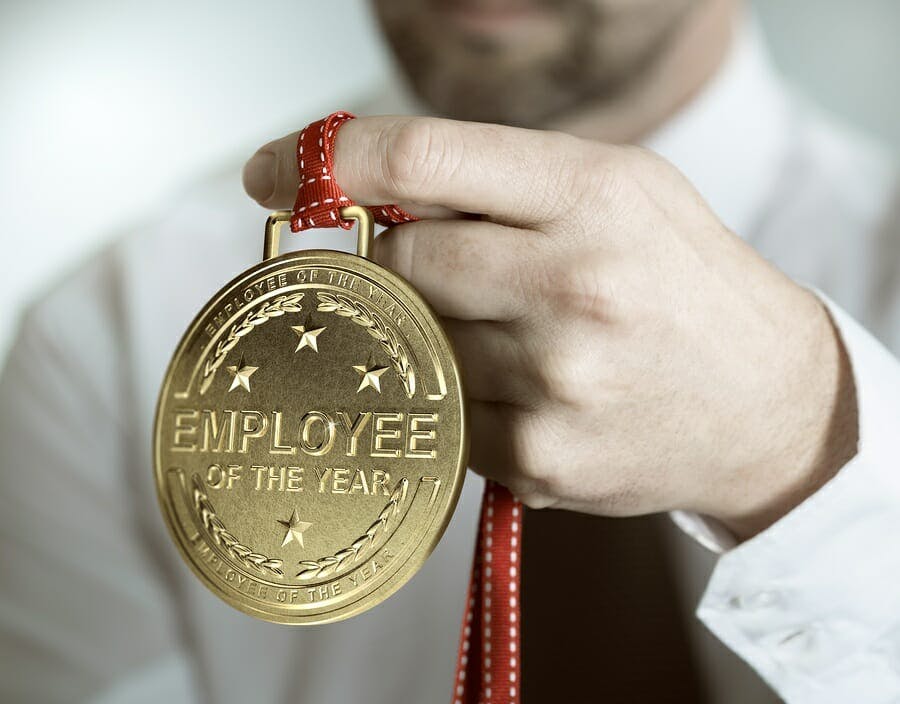Most people aren’t engaged at work.
It’s not a millennial issue, or an industry-specific problem; instead, there’s a general lack of commitment on the part of today’s employees. As a Gallup survey found, a mere 15% of workers worldwide consider themselves engaged.
While there are many reasons behind this phenomenon — from fears about job security to aggravating experiences with bad bosses — there’s one common theme that seems to unite disengaged workers: A feeling of being underappreciated, underacknowledged, and undervalued.
From my perspective, workplaces have a responsibility not only to appreciate and acknowledge their employees’ contributions, but to actively celebrate them. In a candidate-driven market like the one we’re in now, a culture of celebrating employees is critical to landing the best talent and keeping them around.
But workplaces need a modern approach.
More than swag
Employers have long understood that recognition is a powerful tool to drive employee productivity and morale. And when it comes to celebrating a job well done, swag has often served as a token of appreciation. Flash forward to today, and this impulse toward handing out swag has by no means faded. As many lawyers, consultants, and brokers can attest, successful deals are often accompanied by a shiny new object. I’d never argue against swag as one form of employee recognition. But when it comes to celebrating employees, I also think we’re at an inflection point.
While a celebratory gift might have been sufficient years ago, today’s employees expect (reasonably, I’d add) more meaningful signs of recognition. And yet many employers have yet to meet these expectations, instead relying on outdated methods or, at worst, forgetting about recognition altogether.
Just as many of today’s organizations are structurally evolving — foregoing rigid hierarchies in favor of more collaborative cultures — they should evolve their recognition programs as well. Here are the strategic steps I’d recommend HR leaders take to more proactively celebrate their employees:
Take an employee-first approach to recognition — Often, the most valuable employees — the ones who deserve to be celebrated — aren’t the loudest voices in the room. Traditional recognition programs typically overlook these employees in favor of the ones who consistently signal their accomplishments. But to foster a culture that truly celebrates the employee, companies need to acknowledge everyone who brings value to the table — assertive go-getters and quiet contributors alike. That’s why it’s important for businesses to actively foster a social community where employees can be recognized in real-time. Employee experience tools can help play a role in building these communities and keeping employees engaged with them.
Use analytics to level up recognition — HR leaders can build next-level recognition programs by leveraging analytics to quantify their employee experience. People-based analytics are critical for two reasons. First, they can empower companies with instant visibility into the tailored rewards that best motivate individual employees (since recognition and rewards shouldn’t be a one-size-fits-all deal). Second, employee-driven analytics can play a key role in securing leadership buy-in into expanded recognition programs.
Make them feel appreciated — From an employee standpoint, recognition and rewards aren’t just incentives to perform well; they’re also concrete indicators that their employer cares. When companies take steps to implement rewards and incentives in a truly meaningful way — like offering points for good performance that can then be exchanged for a broad array of rewards, from charity donations to days off — they significantly strengthen loyalty and improve engagement.
Employees spend such a significant portion of their life at work. From my perspective, employers have a responsibility to make those hours more meaningful and that starts with meaningful recognition.
